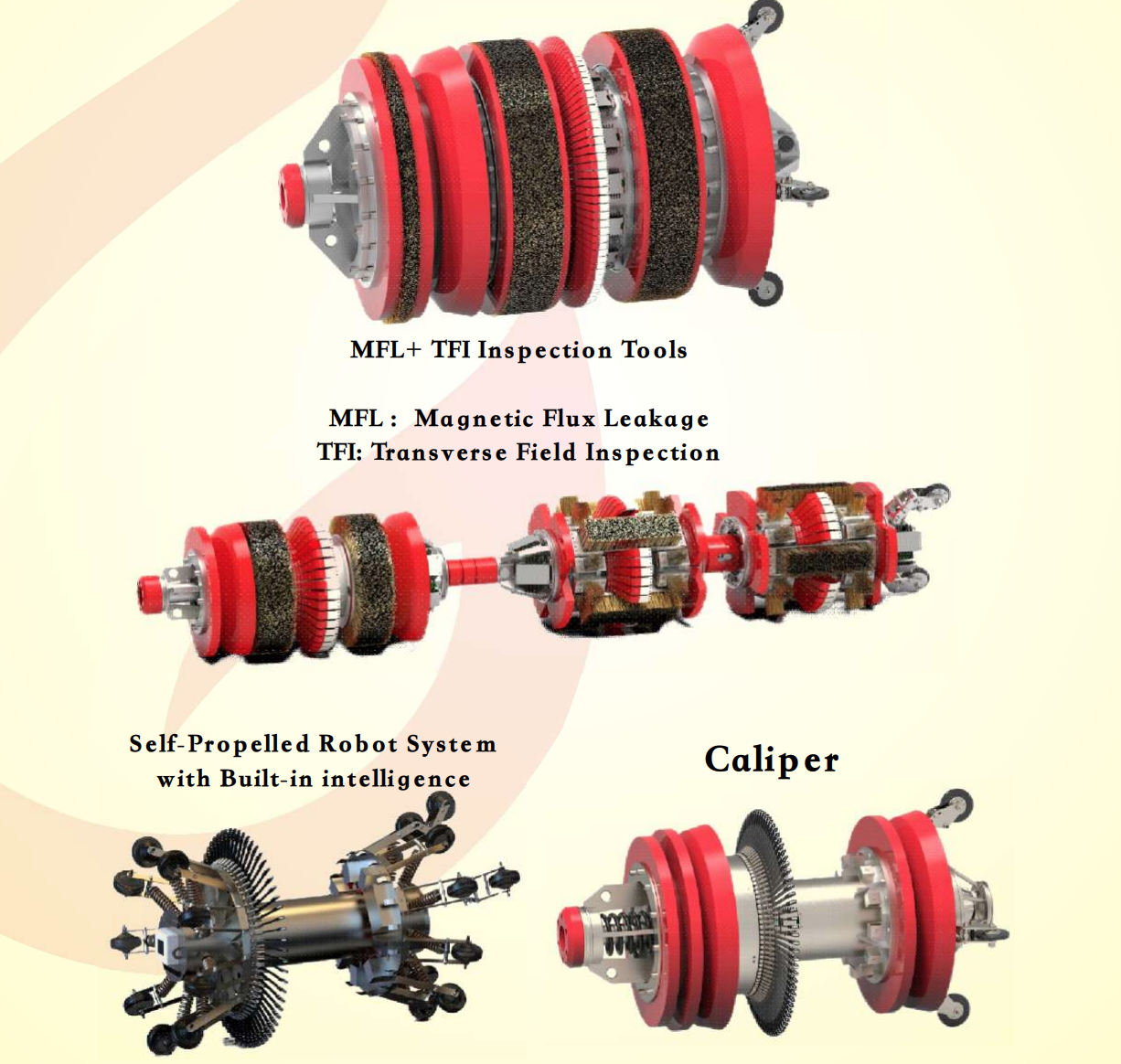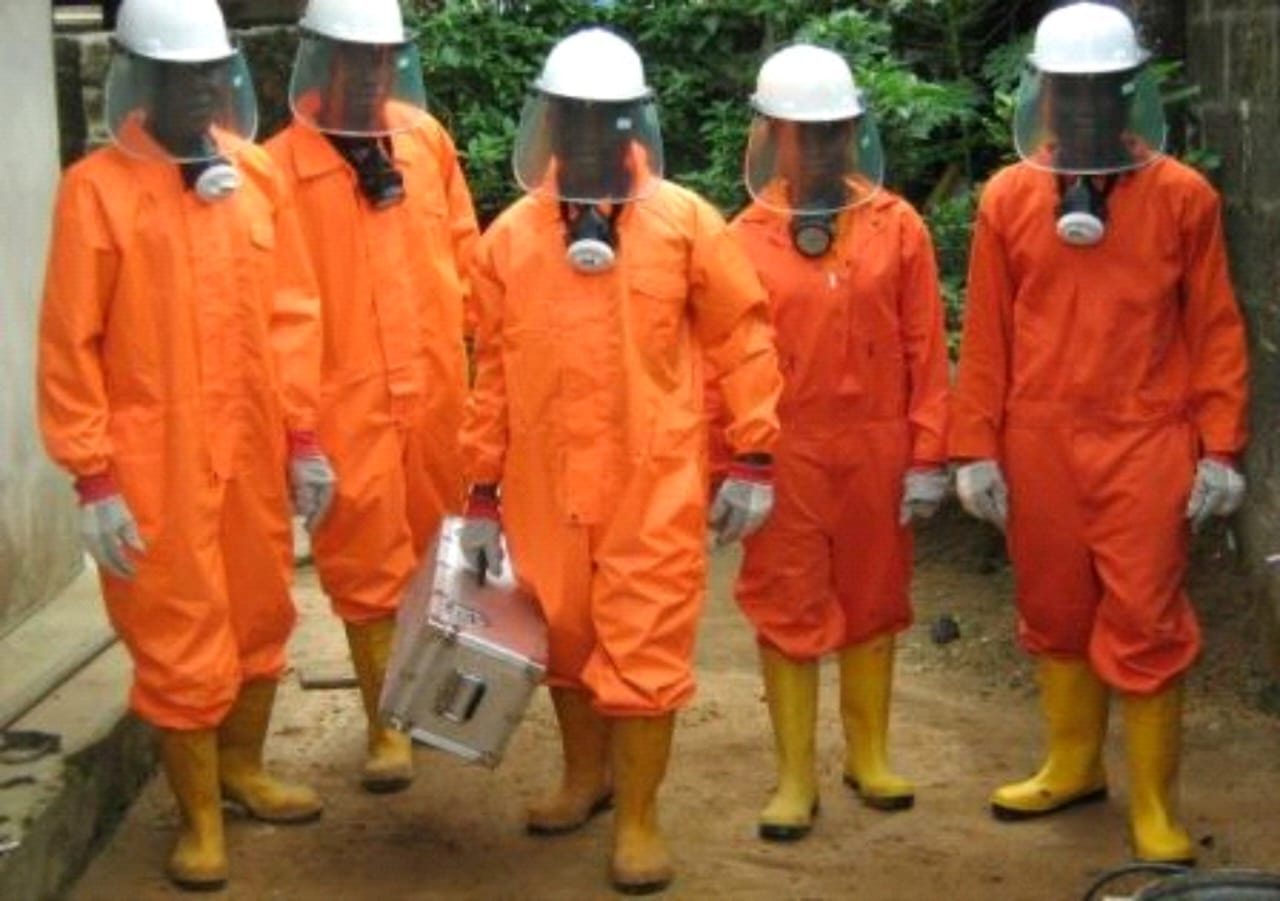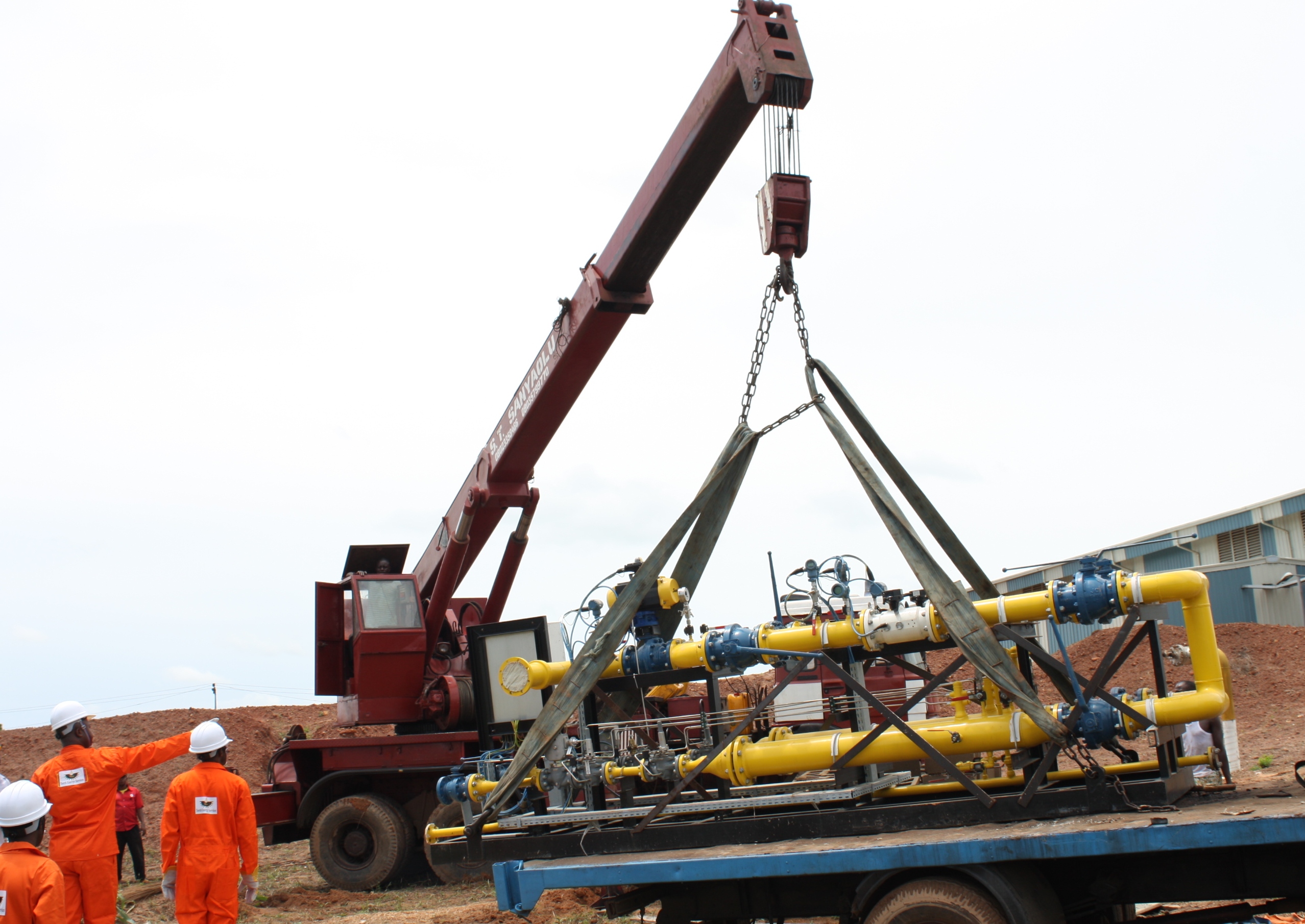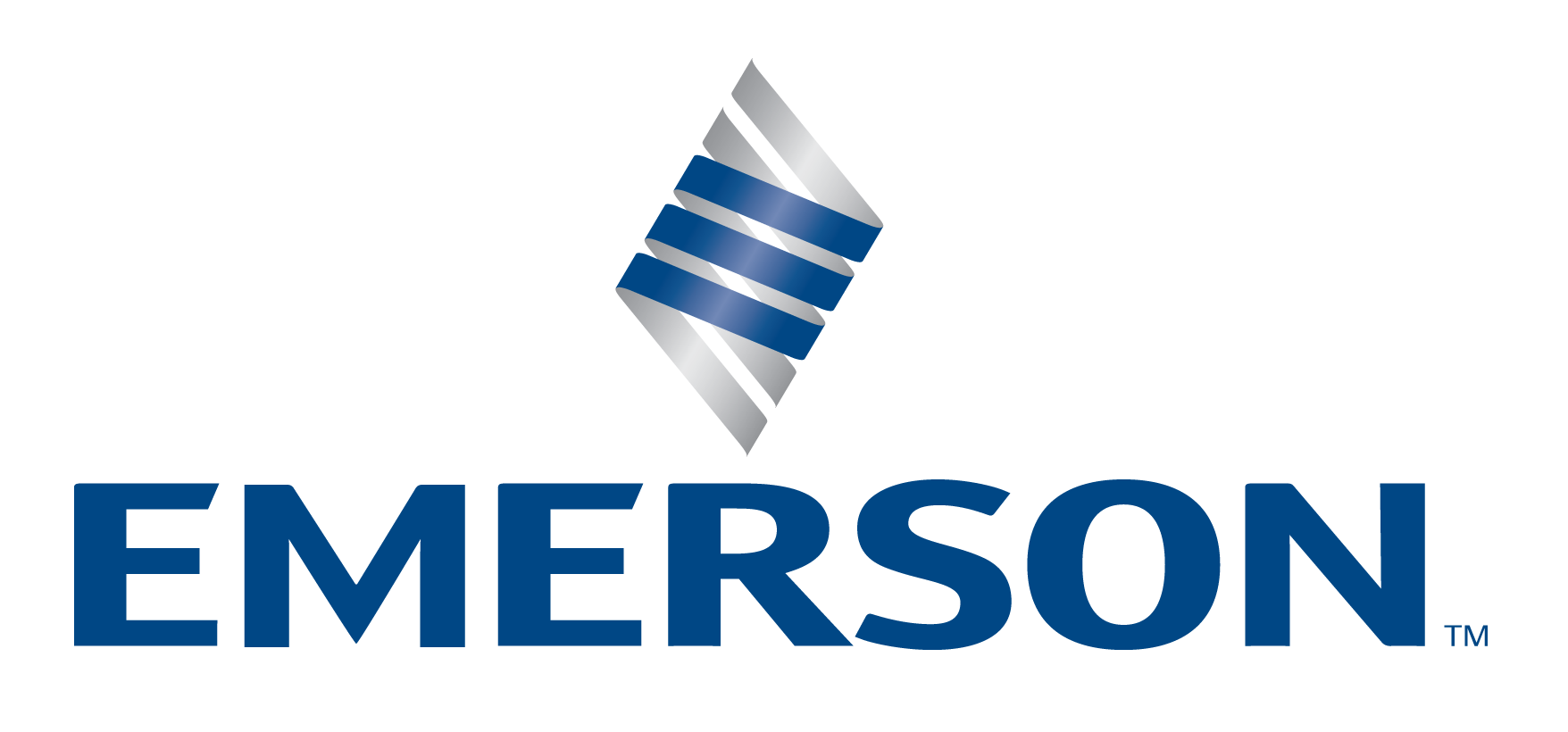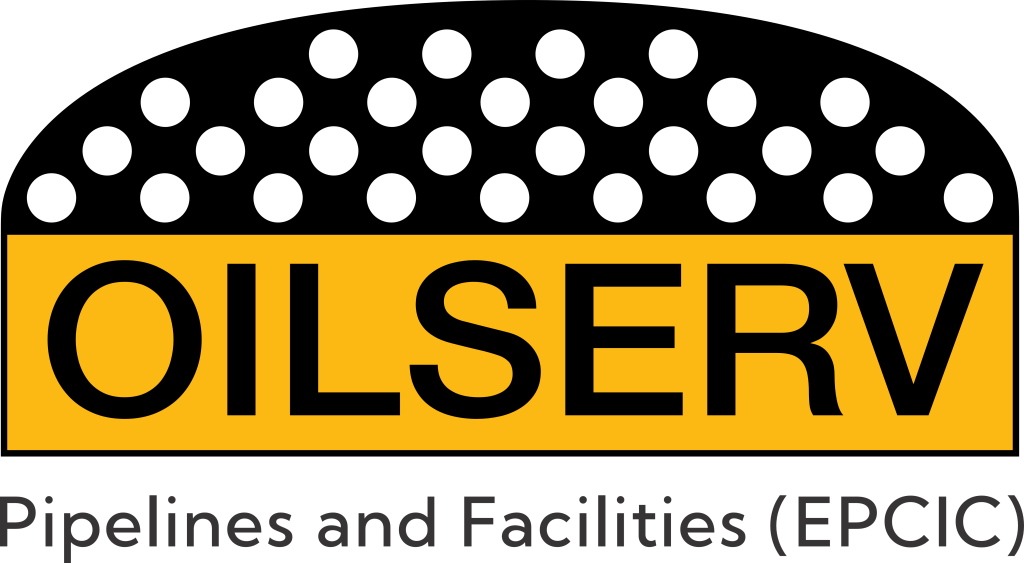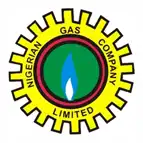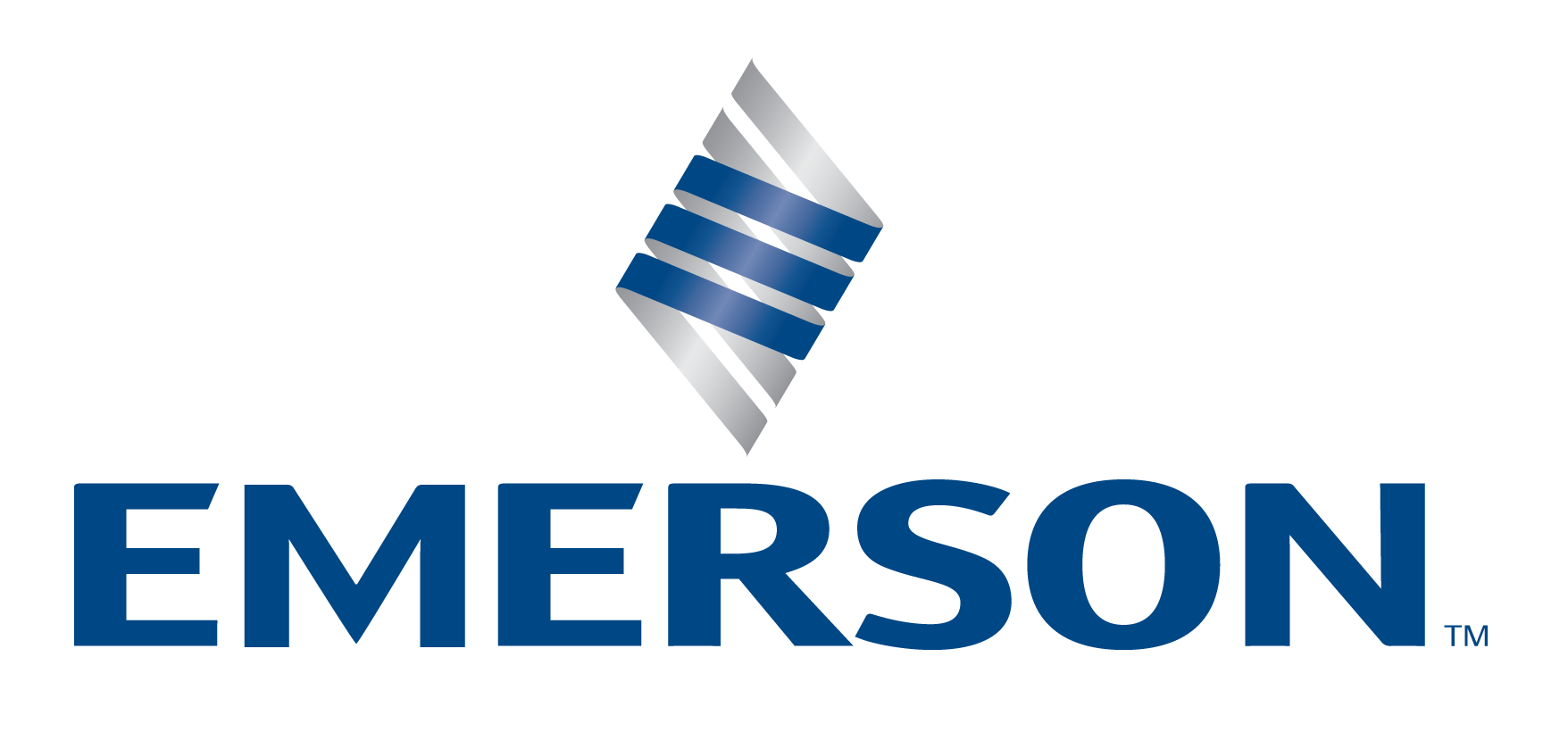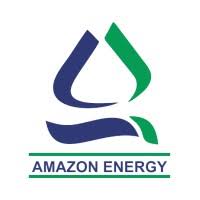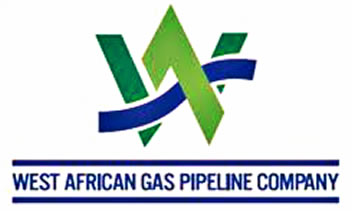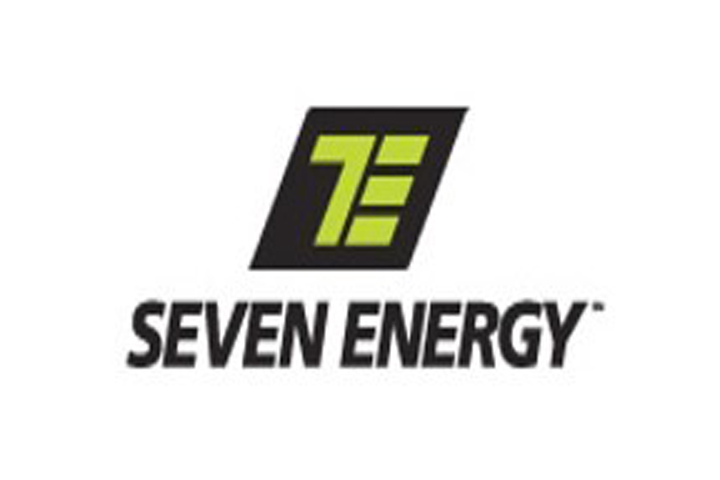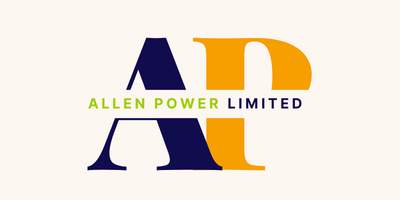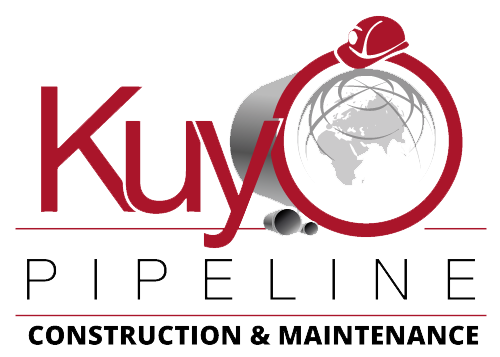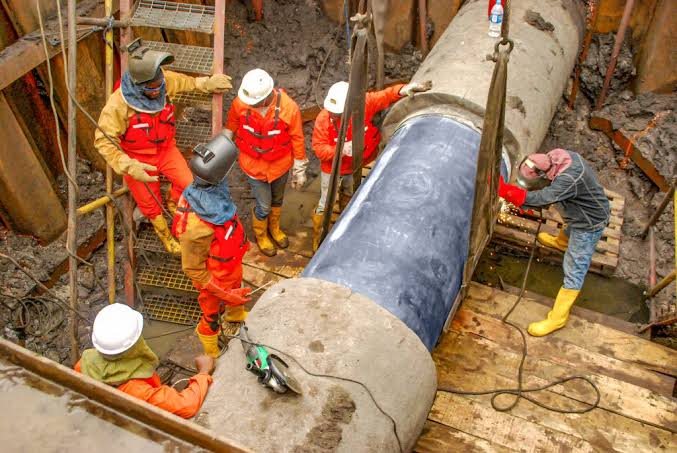
Pipeline Leak Repairs
Pipeline leak repairs represent one of the most critical maintenance operations in infrastructure management today. With thousands of miles of pipelines crisscrossing countries worldwide, carrying everything from water and natural gas to petroleum and chemicals, the importance of effective pipeline leak repairs cannot be overstated. These vital conduits form the backbone of our modern utilities and energy systems, but they are susceptible to various forms of damage that can lead to leaks. Understanding how to properly identify, assess, and execute pipeline leak repairs is essential for infrastructure managers, property owners, and maintenance professionals.
In this comprehensive guide, we’ll explore everything you need to know about pipeline leak repairs—from early detection methods and common causes to the latest repair technologies and preventative maintenance strategies. Whether you’re dealing with residential plumbing issues, municipal water systems, or industrial pipeline networks, this article will provide valuable insights into handling leaks efficiently and effectively.
The Critical Importance of Timely Pipeline Leak Repairs
The significance of prompt pipeline leak repairs extends far beyond simple maintenance concerns. When pipeline systems fail, the consequences can be severe and far-reaching. Water pipeline leaks can cause structural damage to buildings, create sinkholes, waste precious resources, and significantly increase utility bills. Gas pipeline leaks pose serious safety hazards, including the risk of explosions or fire, and can release harmful substances into the environment. Oil pipeline leaks can lead to devastating environmental contamination, affecting ecosystems, wildlife, and water supplies for years or even decades.
Beyond these immediate concerns, delayed pipeline leak repairs can result in:
- Escalating repair costs as damage spreads
- Service interruptions affecting businesses and communities
- Regulatory penalties and legal liabilities
- Decreased infrastructure lifespan
- Higher operating costs due to system inefficiencies
According to industry statistics, even small leaks can waste thousands of gallons of water or release significant amounts of gas when left unaddressed. For example, a pinhole leak in a water line can waste approximately 170 gallons per day, while a 1/8-inch crack can leak around 400 gallons in 24 hours. This highlights why efficient pipeline leak repairs should be a priority for any organization or property owner responsible for pipeline maintenance.
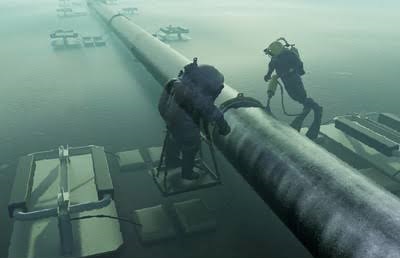

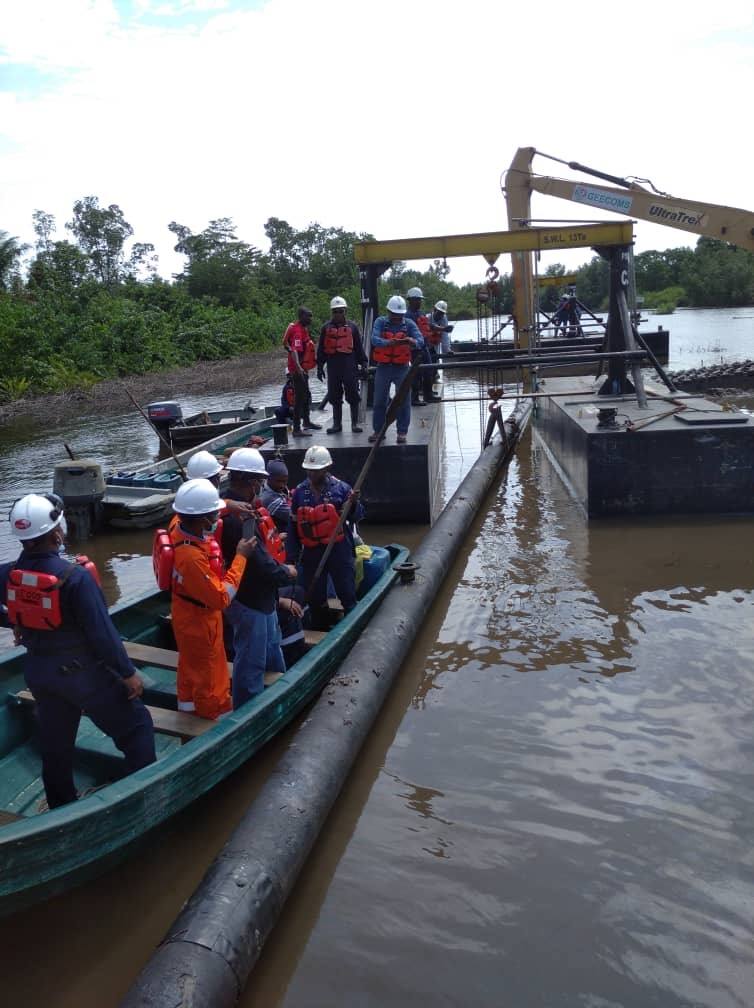
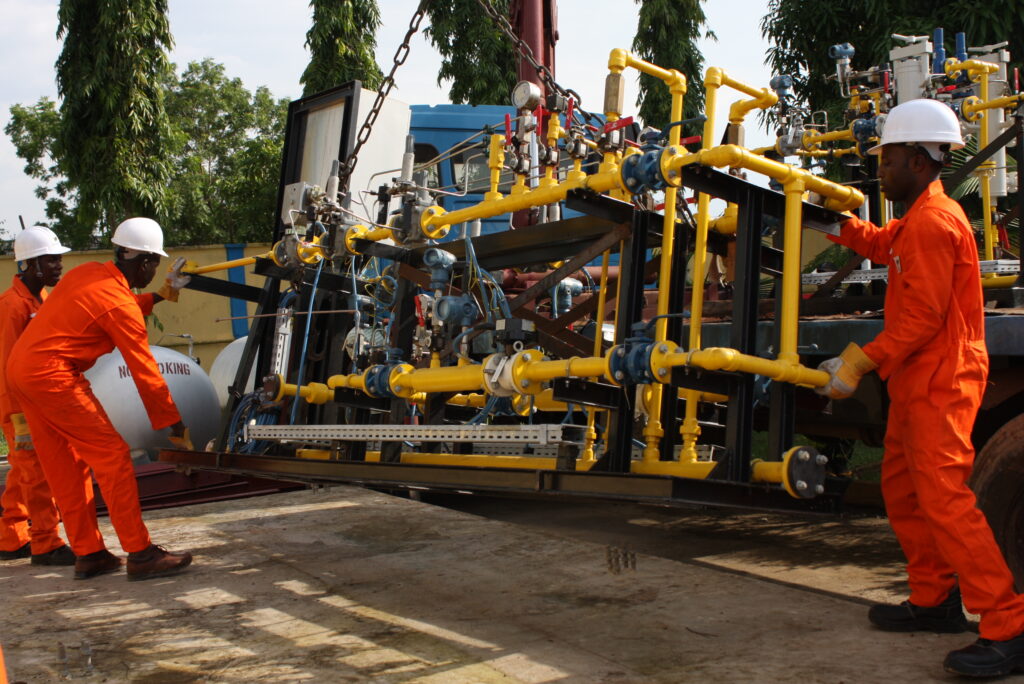
Common Causes of Pipeline Leaks Requiring Repairs
Understanding the underlying causes of pipeline leaks is crucial for effective pipeline leak repairs. By identifying the root causes, maintenance teams can not only address current issues but also implement preventative measures to reduce future occurrences. Here are the primary factors that necessitate pipeline leak repairs:
Corrosion and Material Degradation
Corrosion remains the leading cause of pipeline failures across various industries. Whether it’s external corrosion from soil conditions or internal corrosion from the transported substance, this gradual deterioration of pipe materials eventually leads to weaknesses and leaks. Pipeline leak repairs related to corrosion are particularly common in aging metal pipes, where protective coatings have worn away or where dissimilar metals create galvanic reactions.
Physical Damage and External Forces
Many pipeline leak repairs are necessitated by physical damage from external sources. This category includes:
- Excavation damage (often called “dig-ins”)
- Heavy vehicle traffic above shallow pipelines
- Ground shifting or subsidence
- Freeze-thaw cycles creating soil movement
- Tree root intrusion
- Natural disasters such as earthquakes or floods
These forces can cause immediate ruptures requiring emergency pipeline leak repairs, or they may create weaknesses that develop into leaks over time.
Joint Failures and Connection Points
The connections between pipe sections represent vulnerable points where leaks frequently develop. Pipeline leak repairs at joints often involve addressing issues such as:
- Deteriorated gaskets or seals
- Loose fittings or connections
- Improper installation or inadequate support
- Thermal expansion and contraction stress
- Vibration causing gradual loosening
Manufacturing Defects
Though less common than other causes, manufacturing defects can lead to premature pipeline failures. These inherent weaknesses might not manifest immediately but can develop into serious issues requiring pipeline leak repairs as the system ages or when operating conditions change.
Pressure Fluctuations and Water Hammer
In fluid transport systems, sudden pressure changes—known as water hammer—can create stress that exceeds the pipeline’s design capacity. Over time, these pressure events can weaken pipe walls or connections, eventually necessitating pipeline leak repairs.
Signs and Detection Methods for Pipeline Leak Repairs
Early detection is crucial for minimizing damage and simplifying pipeline leak repairs. Different types of pipelines require different detection approaches, but there are several common indicators and technologies used across various systems:
Visual Indicators Requiring Pipeline Leak Repairs
Some leaks announce themselves through visible signs, which might include:
- Wet spots, pooling, or unusual vegetation growth above buried water lines
- Discolored or dead vegetation above gas or chemical pipelines
- Frost spots on gas pipelines during cold weather
- Visible spray or dripping from exposed pipes
- Bubbling in standing water near pipeline routes
- Sinkholes or ground depression forming along pipeline paths
Recognizing these visual cues can help initiate pipeline leak repairs before the situation worsens.
Auditory and Olfactory Detection
Not all leak indicators are visual. Listening for unusual sounds or noticing distinct odors can also signal the need for pipeline leak repairs:
- Hissing or whistling sounds from gas leaks
- Rushing water sounds in walls or underground
- The smell of gas (due to added mercaptan odorants)
- Chemical odors from industrial pipelines
- Earthy or musty smells from water leaks inside structures
Advanced Technological Detection Methods
Modern pipeline leak repairs often begin with sophisticated detection technologies that can locate problems with remarkable precision:
Acoustic Leak Detection
These systems use sensitive microphones or sensors to detect the sound frequencies produced by leaks. Advanced acoustic correlators can pinpoint leak locations by measuring the time difference between sound arrivals at different sensors, making pipeline leak repairs more targeted and efficient.
Infrared Thermography
Thermal imaging cameras can detect temperature differences caused by leaking substances, particularly useful for identifying areas requiring pipeline leak repairs in buried or hard-to-access systems.
Ground Penetrating Radar (GPR)
GPR systems can identify voids and saturated soil around leaking underground pipes, helping to narrow down locations for pipeline leak repairs without extensive excavation.
Smart Ball Technology
This innovative approach involves inserting acoustic sensors into pipelines that travel with the flow, detecting and recording leak sounds as they pass. The data collected guides subsequent pipeline leak repairs with high accuracy.
Pressure Testing and Monitoring
Consistent monitoring of system pressure can identify leaks through pressure drops or unusual fluctuations. Modern SCADA (Supervisory Control and Data Acquisition) systems can detect even small changes that might indicate the need for pipeline leak repairs.
Tracer Gas Methods
For gas pipelines or when dealing with difficult-to-detect water leaks, introducing harmless tracer gases (like helium or hydrogen mixtures) can help locate leaks through specialized detectors at the surface.
Types of Pipeline Leak Repairs: Methods and Technologies
Once a leak has been detected, selecting the appropriate repair method is crucial. The optimal approach to pipeline leak repairs depends on factors such as pipe material, size, location, and the severity of the damage. Here’s an overview of the primary repair methods employed across various pipeline systems:
Temporary Pipeline Leak Repairs
In emergency situations, temporary repairs may be necessary to control leakage while planning more permanent solutions:
Pipe Clamps and Repair Sleeves
These devices provide a quick solution for pipeline leak repairs on straight pipe sections. They typically consist of rubber gaskets compressed against the leak by external bands or clamps. Modern repair clamps can last for years, though they’re often considered interim solutions in critical infrastructure.
Epoxy Putty and Composite Wraps
For smaller leaks, specialized epoxy compounds can provide effective temporary pipeline leak repairs. These materials can be applied even on wet or actively leaking pipes and harden to form a temporary seal. Fiber-reinforced composite wraps, when combined with epoxy resins, create stronger temporary repairs that can sometimes serve as semi-permanent solutions.
Line Stopping and Bypassing
When pipeline leak repairs must be performed on active systems, line stopping techniques allow technicians to isolate sections without shutting down the entire system. This approach involves inserting specialized plugs into the pipe through small access points, then establishing temporary bypasses to maintain service while repairs proceed.
Permanent Pipeline Leak Repairs
For long-term reliability, several permanent repair methods are employed:
Cut and Replace Sections
The most straightforward approach to permanent pipeline leak repairs involves removing the damaged section and replacing it with new piping. While invasive and potentially disruptive, this method addresses the problem completely and eliminates compromised materials.
Welded Repair Sleeves
For steel pipelines, specially designed sleeves can be welded in place over damaged sections, creating permanent pipeline leak repairs without cutting into the pipe. These sleeves are engineered to restore the pipe’s pressure-bearing capacity and structural integrity.
Mechanical Couplings
These devices create leak-tight seals by compressing gaskets against the pipe exterior while providing structural reinforcement. Modern mechanical couplings are increasingly used for permanent pipeline leak repairs across various materials, including cast iron, steel, and plastic pipes.
Trenchless Pipeline Leak Repairs
Traditional excavation for pipeline repairs can be disruptive and costly. Trenchless technologies offer innovative alternatives for pipeline leak repairs with minimal surface disturbance:
Cured-In-Place Pipe (CIPP) Lining
CIPP technology involves inserting a resin-saturated liner into damaged pipes and curing it in place to form a new pipe within the old one. This approach to pipeline leak repairs creates a seamless, joint-free pipe that seals leaks and can extend service life by 50+ years.
Pipe Bursting for Replacement
When pipes are severely damaged, pipe bursting allows for complete replacement without extensive trenching. This technique involves pulling a bursting head through the existing pipe, fracturing it outward while simultaneously pulling in a new replacement pipe.
Spray-Applied Linings
For certain pipeline materials, specialized spray coatings can be applied to the interior surface to seal multiple leaks and prevent future corrosion. These materials are particularly useful for pipeline leak repairs in water and sewer systems with multiple small defects.
Grouting Technologies
Chemical grouts can be injected around or into leaking pipes to seal defects from either inside or outside the pipe. While primarily used in sewer systems, similar approaches are sometimes applied for pipeline leak repairs in other non-pressure applications.
Pipeline Leak Repairs for Different Pipe Materials
Different pipe materials require specialized approaches to leak repair. Here’s how pipeline leak repairs vary across common materials:
Metal Pipeline Leak Repairs
Steel Pipeline Repairs
Steel pipelines often experience corrosion-related leaks. Pipeline leak repairs for steel commonly involve:
- Welded sleeve repairs for transmission lines
- Thread-on repair clamps for smaller distribution pipes
- Cathodic protection systems to prevent future corrosion
- Complete replacement of severely corroded sections
Cast Iron Pipeline Repairs
Many aging water and gas distribution systems contain cast iron pipes that require specialized pipeline leak repairs due to their brittle nature. Common approaches include:
- Bell joint clamps for leaking joints
- Full-encirclement repair clamps for body leaks
- Mechanical sleeve repairs that avoid stress on the brittle material
- CIPP lining for extensive rehabilitation
Copper Pipe Repairs
Common in building plumbing systems, copper pipe leak repairs typically involve:
- Soldered repair couplings
- Compression fittings
- Epoxy-based repair systems
- Pipe replacement for extensive damage
Plastic Pipeline Leak Repairs
PVC Pipeline Repairs
PVC pipes typically fail at joints or from impact damage. Pipeline leak repairs for PVC may include:
- Repair couplings with rubber gaskets
- Solvent welding new sections
- Patch repairs for small punctures
- Saddle clamps for lateral connections
HDPE Pipeline Repairs
High-density polyethylene pipeline leak repairs require specific approaches:
- Fusion welding for permanent repairs
- Mechanical compression fittings
- Specialized electrofusion couplings
- Hot-air welded patch repairs
Concrete and Asbestos Cement Pipeline Leak Repairs
Older infrastructure often contains concrete or asbestos cement pipes that present unique challenges:
- External band clamps with full gasket coverage
- Internal joint seals for accessible locations
- Full pipe section replacement when necessary
- CIPP lining for extensive rehabilitation without material disturbance
Planning and Executing Effective Pipeline Leak Repairs
Successfully implementing pipeline leak repairs requires careful planning and execution. Here’s a methodical approach to ensure repairs are performed safely, efficiently, and with lasting results:
Assessment and Preparation for Pipeline Leak Repairs
Before any repair work begins, thorough assessment is essential:
- Complete System Evaluation: Before focusing solely on the leak, assess the overall condition of the pipeline system. This prevents the “whack-a-mole” syndrome of repairing one leak only to have another appear elsewhere due to systemic issues.
- Site Safety Evaluation: Pipeline leak repairs often involve hazardous conditions, particularly with gas or chemical pipelines. Proper safety protocols must be established, including:
- Atmosphere testing for potentially explosive or toxic conditions
- Utility location marking to prevent secondary damage
- Traffic control planning for public areas
- Confined space entry procedures when applicable
- Material and Equipment Preparation: Successful pipeline leak repairs require having the right materials and equipment ready before work begins. This includes:
- Appropriate repair materials compatible with the existing pipeline
- Properly sized replacement sections or repair components
- Specialized tools for the specific pipe material
- Excavation or access equipment suited to the location
- Regulatory Compliance Planning: Many pipeline leak repairs, particularly on gas, oil, or municipal systems, require permits and must follow specific regulatory guidelines. Ensure all necessary approvals are obtained before proceeding.
Excavation and Access Techniques for Pipeline Leak Repairs
Gaining access to buried pipelines requires careful consideration:
- Precision Excavation: Modern pipeline leak repairs benefit from precise excavation techniques:
- Vacuum excavation to prevent damage to the pipe or nearby utilities
- Hydro-excavation for sensitive areas
- Appropriate shoring and trench protection for worker safety
- Minimal excavation footprints where possible
- Access Point Creation: For trenchless pipeline leak repairs, creating appropriate access points is crucial:
- Strategic placement of entry and exit pits
- Proper sizing of access points for equipment
- Consideration of bypass requirements during repairs
Documentation and Testing After Pipeline Leak Repairs
Once repairs are complete, proper documentation and verification are essential:
- Pressure Testing: All pipeline leak repairs should be verified through appropriate pressure testing:
- Hydrostatic testing for water lines
- Pneumatic testing for gas pipelines
- Vacuum testing for gravity sewer systems
- Holding period appropriate to the system type and regulations
- Repair Documentation: Comprehensive records of pipeline leak repairs should include:
- Precise location information (GPS coordinates where possible)
- Repair method and materials used
- Before and after photographs
- Test results and certification
- Updated system maps reflecting repairs
- Future Monitoring Plans: Establish protocols for monitoring repaired sections:
- Scheduled inspections of repair sites
- Inclusion in leak detection survey routes
- Pressure monitoring if applicable
- Integration into asset management systems
Preventative Maintenance to Reduce Future Pipeline Leak Repairs
While reactive pipeline leak repairs will always be necessary to some degree, implementing preventative maintenance strategies can significantly reduce their frequency and severity:
Corrosion Protection Systems
Proactive corrosion prevention can dramatically reduce the need for pipeline leak repairs:
- Cathodic Protection: These systems use sacrificial anodes or impressed current to prevent electrochemical corrosion on metal pipes.
- Protective Coatings: Modern high-performance coatings can extend pipeline life significantly when properly applied and maintained.
- Regular Coating Surveys: Routine inspection of protective coatings can identify deterioration before it leads to leaks requiring pipeline leak repairs.
Systematic Condition Assessment
Understanding pipeline condition allows for planned rehabilitation rather than emergency pipeline leak repairs:
- In-Line Inspection Tools: Sometimes called “smart pigs,” these devices travel through pipelines recording data on wall thickness, defects, and potential weak points.
- Risk-Based Inspection Programming: Focusing inspection resources on high-consequence or high-risk sections optimizes maintenance budgets while preventing catastrophic failures.
- Predictive Analytics: Modern asset management increasingly incorporates data analysis to predict where and when pipeline leak repairs might be needed, allowing for proactive intervention.
Water Quality Management for Internal Corrosion
In water distribution systems, managing water chemistry can significantly reduce internal corrosion:
- pH Adjustment: Maintaining appropriate pH levels reduces corrosivity and the resulting need for pipeline leak repairs.
- Corrosion Inhibitors: Chemical additives can form protective layers on pipe interiors, extending service life.
- Biofilm Management: Controlling microbial growth prevents microbiologically influenced corrosion that can lead to pipeline leaks.
Pressure Management Strategies
Controlling system pressures can dramatically reduce leak incidents:
- Pressure Reducing Valves: Strategic placement of PRVs limits maximum pressures in vulnerable sections.
- Pressure Zone Optimization: Redesigning pressure zones to minimize excessive pressures reduces leak frequency and the need for pipeline leak repairs.
- Transient Control Devices: Water hammer arrestors and similar technologies protect against damaging pressure spikes.
Cost Considerations for Pipeline Leak Repairs
Understanding the economics of pipeline leak repairs helps organizations make informed decisions about maintenance strategies:
Direct Costs of Pipeline Leak Repairs
The immediate expenses associated with leak repairs include:
- Labor Costs: Skilled technicians for pipeline leak repairs command premium rates, particularly for emergency work or specialized materials.
- Material Expenses: Repair materials vary widely in cost depending on pipe size, material, and pressure rating.
- Equipment Rental: Specialized equipment for pipeline leak repairs, from excavators to bypass pumping systems, adds significant costs.
- Service Restoration: Returning the system to service may involve additional expenses like disinfection for water lines or pressure testing.
Indirect and Consequential Costs
The true cost of leaks extends far beyond the direct expenses of pipeline leak repairs:
- Product Loss: The value of lost water, gas, or other transported materials can be substantial, especially for long-duration leaks.
- Property Damage: Leaking pipelines can damage infrastructure, buildings, and personal property, leading to significant liability costs.
- Environmental Remediation: Cleaning up environmental damage from petroleum or chemical leaks can dwarf the cost of the initial pipeline leak repairs.
- Business Interruption: Service disruptions affect customers and may trigger penalty clauses or compensation requirements.
Long-Term Economic Analysis
When considering pipeline leak repairs versus system replacement or rehabilitation, several factors should be evaluated:
- Repair Frequency Trending: Increasing frequency of repairs in a specific section or system indicates it may be more economical to replace rather than continue with spot repairs.
- Lifetime Cost Analysis: Comparing the cumulative cost of ongoing pipeline leak repairs against capital replacement helps optimize spending.
- Risk-Based Decision Making: The potential consequences of failure should influence repair versus replacement decisions, particularly in high-consequence areas.
Environmental and Safety Considerations in Pipeline Leak Repairs
Beyond the technical and economic aspects, pipeline leak repairs must address important environmental and safety concerns:
Environmental Protection During Repairs
Pipeline leak repairs must minimize environmental impact:
- Containment Strategies: Proper containment of leaked substances prevents wider contamination during repair operations.
- Waste Management: Materials removed during pipeline leak repairs may require special handling and disposal, particularly with contaminated soil or water.
- Habitat Protection: Repairs in environmentally sensitive areas require special precautions to protect wildlife and plant communities.
- Restoration Requirements: Many jurisdictions require complete restoration of disturbed areas after pipeline leak repairs, including revegetation and erosion control.
Worker and Public Safety
Safety remains paramount in all pipeline leak repairs:
- Hazardous Atmosphere Management: Gas pipeline leak repairs in particular require continuous monitoring for explosive atmospheres.
- Traffic and Public Protection: Repairs in public areas necessitate appropriate barriers, signage, and traffic control measures.
- Confined Space Protocols: Many pipeline leak repairs involve confined space entry, requiring specialized training and equipment.
- Personal Protective Equipment: Appropriate PPE must be specified based on the pipeline contents and environmental conditions.
Case Studies: Successful Pipeline Leak Repairs
Examining real-world examples provides valuable insights into effective repair strategies:
Municipal Water Main Emergency Repair
A 36-inch transmission main in a major metropolitan area developed a significant leak beneath a busy commercial district. The pipeline leak repairs involved:
- Rapid deployment of acoustic sensors to pinpoint the exact leak location
- Implementation of pressure reduction to minimize damage while repairs were planned
- Installation of a temporary bypass system to maintain service
- Use of vacuum excavation to access the pipe with minimal disruption
- Installation of a full-encirclement mechanical sleeve
- Restoration completed within 72 hours with minimal service disruption
The keys to success in this pipeline leak repairs case were precise leak location, effective bypass planning, and selection of a repair method that minimized excavation requirements.
Gas Distribution Line Repair in Residential Area
A natural gas distribution line leak was detected during a routine survey in a densely populated residential neighborhood. The pipeline leak repairs process included:
- Immediate notification of residents and establishment of a safety perimeter
- Coordination with emergency services for precautionary standby
- Temporary service provision through compressed natural gas trucks
- Surgical excavation to expose the leaking section
- Complete replacement of the damaged pipe section with modern polyethylene pipe
- Comprehensive testing before service restoration
This example demonstrates the importance of safety protocols and stakeholder communication in sensitive pipeline leak repairs scenarios.
Industrial Chemical Pipeline Rehabilitation
A chemical manufacturing facility faced recurring leaks in an aging process pipeline. Rather than continuing with spot pipeline leak repairs, they implemented a comprehensive solution:
- Detailed assessment using ultrasonic thickness testing along the entire pipeline
- Risk-based prioritization of pipeline sections for repair or replacement
- Installation of CIPP lining in sections where structural integrity remained adequate
- Complete replacement of severely degraded sections
- Implementation of enhanced corrosion monitoring and inhibition systems
- Development of a long-term asset management plan
This proactive approach reduced emergency pipeline leak repairs by 85% over the following three years and extended the system’s useful life by an estimated 25 years.
Emerging Technologies in Pipeline Leak Repairs
The field of pipeline maintenance continues to evolve with innovative approaches to leak detection and repair:
Robotic Pipeline Repair Systems
Robotics increasingly play a role in pipeline leak repairs:
- Internal Repair Robots: These devices can navigate inside pipelines to deliver repair materials to precise locations, often eliminating the need for excavation.
- Autonomous Inspection Platforms: Combining sensors and artificial intelligence, these systems can identify developing issues before they require emergency pipeline leak repairs.
- Exoskeleton Support: Wearable robotic systems enhance technician capabilities during manual pipeline leak repairs, reducing fatigue and improving precision.
Advanced Materials for Pipeline Leak Repairs
Material science advances continue to improve repair options:
- Self-Healing Pipe Materials: Emerging polymer technologies incorporate microcapsules that rupture when damaged, releasing compounds that seal small leaks automatically.
- Graphene-Enhanced Composites: Ultra-strong, corrosion-resistant composite materials show promise for both pipeline construction and repair applications.
- Nanotechnology Coatings: Specialized nanomaterial coatings can provide exceptional corrosion resistance and potentially self-repair minor damage.
Digital Twins and Predictive Maintenance
The digital transformation of infrastructure management is revolutionizing how organizations approach pipeline leak repairs:
- Digital Twin Modeling: Creating virtual replicas of physical pipeline systems allows for scenario testing and predictive analysis.
- IoT Sensor Networks: Distributed sensor systems provide real-time data on pipeline conditions, enabling early intervention before major pipeline leak repairs are needed.
- Machine Learning Algorithms: AI systems can identify subtle patterns in operational data that indicate developing problems, allowing for predictive rather than reactive maintenance.
Regulatory Framework for Pipeline Leak Repairs
Understanding the regulatory landscape is essential for compliance in pipeline maintenance:
Federal Regulations
Several federal agencies oversee pipeline safety and environmental protection:
- Pipeline and Hazardous Materials Safety Administration (PHMSA): Establishes regulations for interstate pipeline safety, including requirements for pipeline leak repairs and reporting.
- Environmental Protection Agency (EPA): Enforces rules regarding spill prevention, reporting, and remediation when leaks impact the environment.
- Occupational Safety and Health Administration (OSHA): Sets standards for worker safety during pipeline leak repairs and maintenance activities.
State and Local Requirements
Beyond federal regulations, state and local authorities often impose additional requirements:
- State Pipeline Safety Offices: Many states have agencies that regulate intrastate pipelines and may have specific requirements for pipeline leak repairs.
- Local Building Departments: Municipal authorities typically regulate repairs to building service lines and may require permits and inspections.
- Water Utility Regulations: Public water systems must follow specific protocols for pipeline leak repairs to maintain water quality and system integrity.
Industry Standards and Best Practices
Numerous industry organizations develop standards that guide pipeline leak repairs:
- American Water Works Association (AWWA): Publishes standards for water pipeline materials, installation, and repair.
- American Society of Mechanical Engineers (ASME): Develops codes for pressure piping applicable to many industrial pipeline systems.
- National Association of Corrosion Engineers (NACE): Provides standards for corrosion control and prevention that influence pipeline maintenance strategies.
Conclusion: The Future of Pipeline Leak Repairs
As infrastructure continues to age nationwide, the importance of effective pipeline leak repairs will only increase. Organizations responsible for pipeline systems must balance proactive maintenance with efficient reactive repairs when leaks occur. The field continues to evolve with improved materials, detection technologies, and repair methodologies.
Successful pipeline management requires a comprehensive approach that integrates:
- Proactive condition assessment
- Risk-based maintenance planning
- Rapid response capabilities for emergency pipeline leak repairs
- Knowledge of appropriate repair methods for various pipe materials and damage types
- Understanding of economic, environmental, and safety considerations
By applying the principles and practices outlined in this guide, infrastructure managers can extend system lifespan, reduce costs, improve safety, and minimize environmental impacts associated with pipeline failures. As new technologies emerge and regulations evolve, staying informed about best practices in pipeline leak repairs will remain essential for all professionals involved in infrastructure management.
Contact us @ touch energy group

